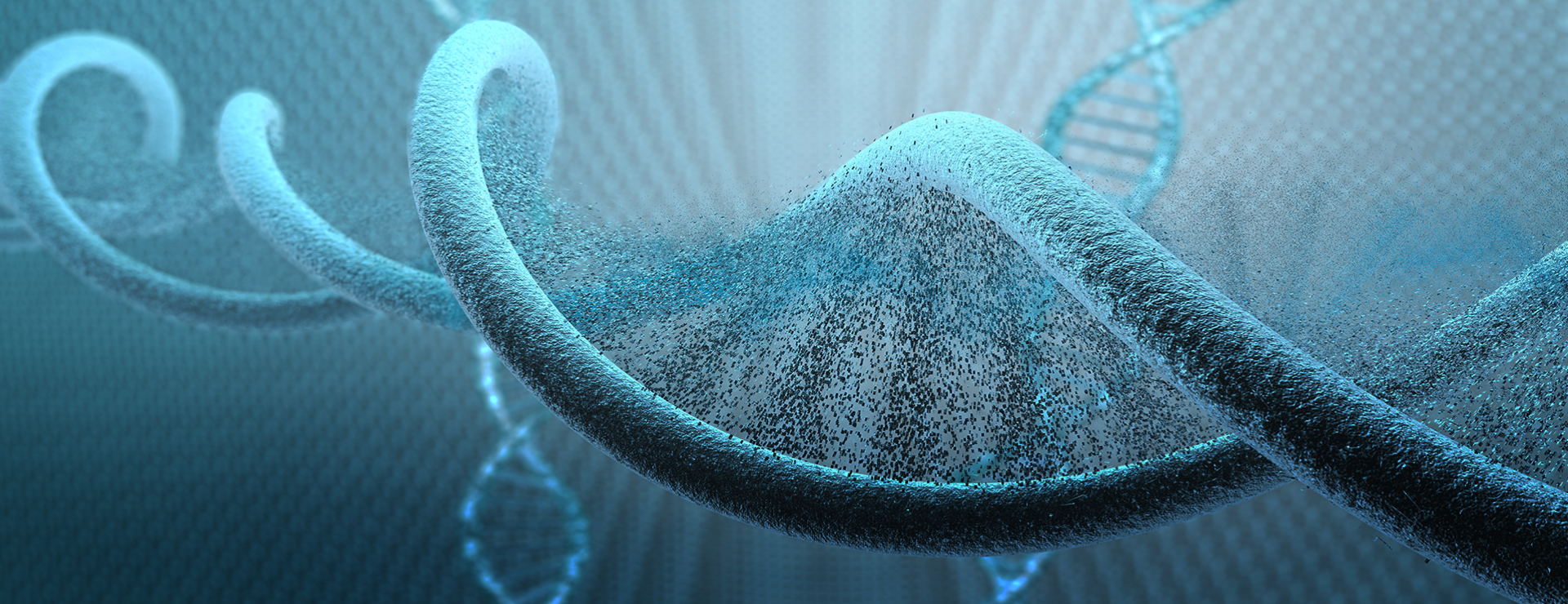
GABRD
Facebook Support Group
Guide to Pharmacology
Share Your Story
What Is GABRD
GABRD is a gene that provides instructions for making a protein called a subunit of the GABA A receptor. The GABA A receptor is a protein complex found in the brain that plays an important role in regulating the activity of a neurotransmitter called gamma-aminobutyric acid (GABA).
GABA is a chemical messenger that helps calm down and regulate the activity of neurons in the brain. When GABA binds to the GABA A receptor, it can inhibit or reduce the electrical activity of the neurons, which helps maintain a balance between excitation and inhibition in the brain. Read More
Symptoms of GABRD?
Given the involvement of the GABRD gene in producing a subunit of the GABA A receptor, it is plausible to speculate that variations in GABRD could potentially influence GABA A receptor function and neuronal activity in the brain. However, without specific research and documented cases, it is challenging to provide a comprehensive list of symptoms associated with GABRD variations.
In some cases, variations in the GABRD gene have been associated with idiopathic generalized epilepsy.
- Idiopathic generalized epilepsy (IGE) is a type of epilepsy characterized by recurrent seizures that typically involve both sides of the brain and have no identifiable cause. While the exact causes of IGE are not fully understood, genetic factors are believed to play a significant role.
It is important to note that while GABRD variations have been identified in some individuals with idiopathic generalized epilepsy, they do not account for all cases of the condition.
Genetic variations can have diverse effects and may contribute to a range of neurological or psychiatric conditions. Symptoms, if present, could be variable and may depend on the specific nature and impact of the GABRD variation, as well as other genetic and environmental factors.
If you have concerns about GABRD-related conditions or suspect a GABRD variation in yourself or someone you know, it is recommended to consult with a healthcare professional, such as a neurologist or genetic specialist. They can conduct a thorough evaluation, including genetic testing if necessary, and provide personalized information based on the individual’s specific genetic variant and clinical presentation.
Disclaimer: It is important to note that our understanding of GABA A Variants and their associated symptoms is an ongoing area of research. As of now, there may still be limited information available regarding the specific symptoms and implications of these genetic variations. It is recommended to consult with healthcare professionals or genetic specialists, and stay updated with the latest scientific research, as ongoing studies and advancements may provide further insights into GABA A Variants and their related symptoms.
Cure GABA A Variants non-profit and cureGABAa.org does not provide medical advice. It is intended for informational purposes only. It is not a substitute for professional medical advice, diagnosis or treatment. It does not diagnose, it produces a ranked list of suspected genes which provide assistance for rare hereditary disease cases. Patients should discuss their findings with their healthcare provider. Cure GABA A Variants does not intend to diagnose patients. It is providing information in order for patients to find and get better management of expert certified clinical assistance.
Study Findings: 44 pathogenic GABRB3 missense variants segregate into gain-of-function and loss-of-function groups and respective patients display distinct clinical phenotypes. The gain-of-function cohort (n = 27 patients) presented with a younger age of seizure onset, higher risk of severe intellectual disability, focal seizures at onset, hypotonia, and lower likelihood of seizure freedom in response to treatment. Febrile seizures at onset are exclusive to the loss-of-function cohort (n = 47 patients). Overall, patients with GABRB3 variants that increase GABAergic activity have more

